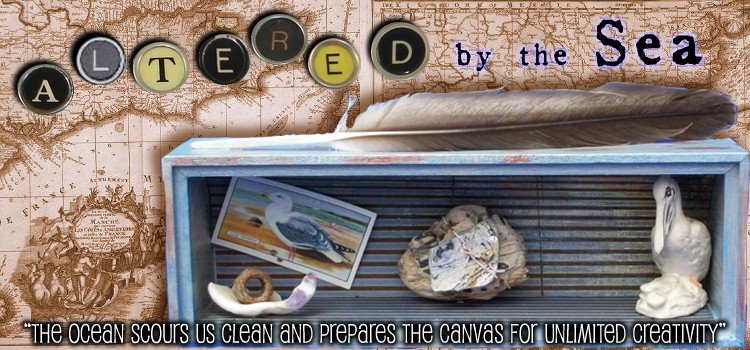We drove home from LA on the 4th of July and were able to stop off at the Norton Simon Museum in Pasadena. As a special treat the museum offered free admission for the holiday. Neither of us had been there before and we were enchanted by the museum layout, the lovely grounds and the wonderful collection. They allowed non-flash photography and I was able to get some snaps of a few favourites. The angles are a bit strange on some as I was avoiding reflection off the glass. We will definitely return to see more, a wonderful museum experience!
Van Gogh - Portrait of the Artist's Mother
Van Gogh - The Mulberry Tree
Van Gogh - Portrait of a Peasant
Renoir - Young Woman in Black
Rivera - The Flower Vendor
Wallace Berman - Untitled
From the museum's website - The Norton Simon Museum is known around the world as one of the most remarkable private art collections ever assembled. Over a thirty-year period 20th-century industrialist Norton Simon (1907–1993) amassed an astonishing collection of European art from the Renaissance to the 20th century and a stellar collection of South and Southeast Asian art spanning 2,000 years. Among the most celebrated works he collected are Branchini Madonna, 1427, by Giovanni di Paolo; Madonna and Child with Book, c. 1502-03, by Raphael; Still Life with Lemons, Oranges and a Rose, 1633, by Francisco de Zurbarán; Portrait of a Boy, c. 1655-60, by Rembrandt van Rijn; Mulberry Tree, 1889, by Vincent van Gogh; Little Dancer Aged Fourteen, 1878-81, by Edgar Degas; and Woman with a Book, 1932, by Pablo Picasso. Highlights from the Asian collection include the bronze sculptures Buddha Shakyamuni, c. 550, India: Bihar, Gupta period, and Shiva as King of Dance, c. 1000, India: Tamil Nadu; and the gilt bronze Indra, 13th century, Nepal.
In 1974, Norton Simon and a reorganized Board of Trustees assumed control of the Pasadena Art Museum, taking up management of its building and incorporating its important collection of 20th-century European and American art with the outstanding collections of the Norton Simon foundations. Highlights from the PAM collection include the Galka Scheyer Blue Four Collection, a body of works by artists Lyonel Feininger, Paul Klee, Alexei Jawlensky, Vasily Kandinsky and others assembled by art dealer, scholar and muse Galka Scheyer; post-war American art, particularly from Southern California-based artists including John Altoon, Larry Bell, Wallace Berman, Bruce Conner, Richard Diebenkorn, Llyn Foulkes, Sam Francis, George Herms, Robert Irwin, and Ed Ruscha; and a photography collection comprised of works by Ansel Adams, Lewis Baltz, Manuel Alvarez Bravo, Imogen Cunningham, Frederick Sommer, Edward Weston, and Minor White, among others.
Approximately 1,000 works from the permanent collection of 12,000 objects are on view in the Norton Simon Museum’s galleries and sculpture garden throughout the year. There are two temporary exhibition spaces within the Museum; the curatorial department mounts three to five exhibitions centered on the collection, and one special masterpiece loan, per year.
























.jpg)
.jpg)
.jpg)
.JPG)
.JPG)



.JPG)
.jpg)

.jpg)
.jpg)

.jpg)







.JPG)
.JPG)
































